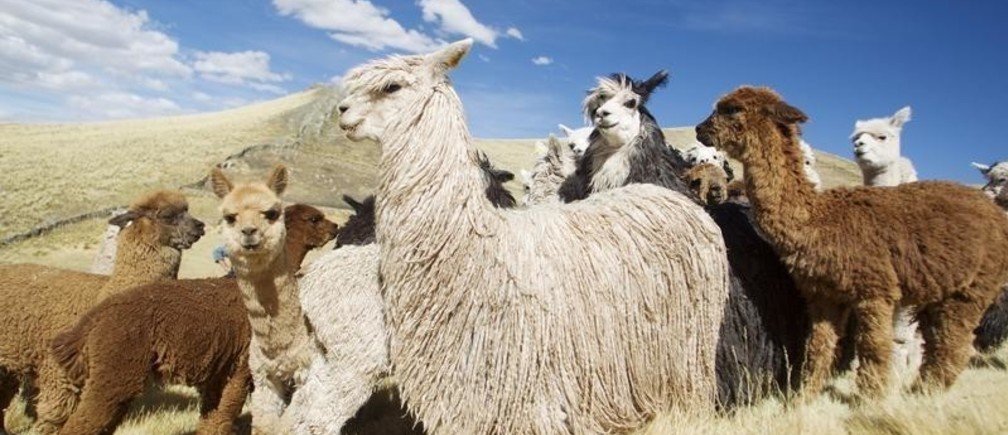Did you know…? Ten facts about Latin America

Stay up to date:
Latin America
From GDP growth to the size of the Amazon, here are ten facts and figures you should know before the start of the World Economic Forum on Latin America, taking place in Lima, Peru, from 23-25 April:
- Latin America is the most urbanized region in the world, with about 80% of its population living in cities.
- Latin America’s GDP stood at US$ 5.6 trillion in 2011; with a population of 589 million, the per capita Gross National Income came to US$ 8,575 (World Bank).
- GDP in Latin America and the Caribbean is predicted to grow by 3.6% in 2013, picking up from 3% in 2012. This compares with a projected growth rate of 2% in the United States and 7.1% in developing Asian countries (IMF).
- The Amazon sprawls across eight countries, comprises 1.4 billion acres of dense forest and is home to one in ten of all known species on earth (WWF) – as well as plenty of the unknown ones.
- More than half of Latin American workers do not have access to a pension through their job (OECD).
- More than 20 million Latin American and Caribbean people live outside their country of birth; some three quarters are in the United States and many of the rest in Argentina, Venezuela, Spain and Canada (OECD).
- Asia is Latin America and the Caribbean’s second largest trading partner after the US. As a result of Asia’s demand for commodities – from iron ore to soy beans – trade between Asia and Latin America/the Caribbean grew at over 20% a year in the past decade, reaching US$ 442 billion in 2011 (ADB).
- Your breakfast may be more Brazilian than you realise. Brazil is the world’s biggest exporter of coffee, sugar and orange juice (The Economist).
- Peru, one of the fastest growing economies in the world, has over 30 million inhabitants and a vast surface area of 1.3 million km2.
- Peru is also home to some 3.5 million alpacas – 80% of the world’s total (The Economist). The alpaca is not to be confused with the llama. Alpacas are bred for their wool, whereas the much larger llama is a beast of burden.
Image: A herd of alpacas graze near the Andean district of Nunoa in Peru, 4,000 metres above sea level REUTERS/Enrique Castro-Mendivil
Don't miss any update on this topic
Create a free account and access your personalized content collection with our latest publications and analyses.
License and Republishing
World Economic Forum articles may be republished in accordance with the Creative Commons Attribution-NonCommercial-NoDerivatives 4.0 International Public License, and in accordance with our Terms of Use.
The views expressed in this article are those of the author alone and not the World Economic Forum.
Forum Stories newsletter
Bringing you weekly curated insights and analysis on the global issues that matter.